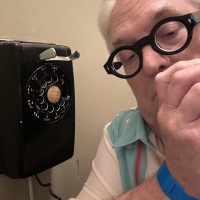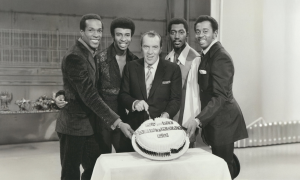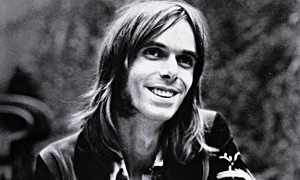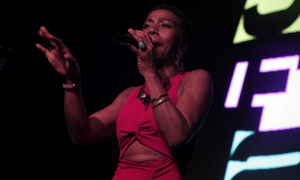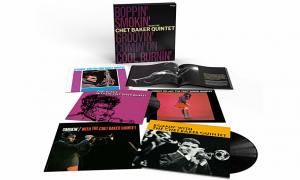Home » Jazz Articles » Film Review » Jazz Icons Series 3: Nina Simone Live in '65 and '68
Jazz Icons Series 3: Nina Simone Live in '65 and '68
Jazz Icons Series 3: Live in '65 and '68
Jazz Icons
2008
Savage Dignity. Nina Simone is singular among jazz musicians. She had a vocal delivery that was more Charlie Patton than, say, Shirley Horn. Her cover of Bob Dylan's "The Ballad of Hollis Brown," presented on Jazz Icons Series 3: Nina Simone Live in '65 and '68, is a microcosm of Simone's performance style: kinetic, forceful, and emotionally intense to the point of discomfort. A force of nature when performing live, she gave concerts that were more event detonations than performances.
Simone's voice ran the gambit from ragged low Delta growl to Handelian alto, depending on the piece. On "Hollis Brown" Simone sings with a desperate earthiness. On "Why? (The King of Love is Dead)" she sings with the sweet gospel authenticity of her Piedmont home. Simone's near-frantic yet controlled rage is more than apparent on her signature civil rights song "Mississippi Goddam." The song is an angry complement to Billie Holiday's comparatively quiet, haunting account of coming upon a lynching, "Strange Fruit." A stunning protest song even today, "Mississippi Goddam" must have been a real showstopper in 1965.
Simone's more popular songs, "I Put a Spell on You" and Don't Let Me Be Misunderstood," are performed in an abbreviated fashion, and her more civil rights-oriented material is given a fuller workout. "Tomorrow is My Turn/Images" is presented as lightly and sweetly as "Go to Hell" and "Mississippi Goddamn" are delivered with bitterness and anger. The viewer would be hard-pressed to conclude from these performances that Simone would have been capable of the typical jazz standards set, but she certainly was. However, this is the mid-'60s, a period when the classics from the Great American Songbook were out of favor.
Simone's stage manner is regal and serious. She is no Louis Armstrong or Dizzy Gillespie, whose personalities made them full-bodied entertainers. Simone in performance was not about compromising her material. She dispensed with the amenities and simply performed, and what she performed she saw as the truth. In concert, Simone would scat, rock, and clap her hands as if she were speaking in tongues. These are electrifying recitals by the "High Priestess of Soul."
Tracks: Holland 1965: Brown Baby; Four Women; The Ballad of Hollis Brown; Tomorrow is My Turn/Images; Go Limp; Mississippi Goddam. England 1968: Go To Hell; Ain't Got No/I Got Life; Backlash Blues; I Put A Spell On You; Don't Let Me Be Misunderstood; Why? (The King of Love is Dead).
Personnel: Holland 1965: Nina Simone: piano, vocals; Rudy Stevenson: guitar; Lisle Atkinson: bass; Bobby Hamilton: drums. England 1968: Nina Simone: piano, vocals; Sam Waymon: organ, vocals; percussion; Henry Young: guitar; Gene Taylor: bass; Buck Clark: drums.
Production Notes: B and W. Running time: 64 minutes. Holland 1965: Nina Simone, VARA, December 25, 1965. England 1968: Sound Of Soul, September 14, 1968. Twenty-four page booklet. Forward by Lisa Simone Kelly. Liner notes by Rob Bowman. Includes rare photographs and memorabilia collage.
Tags
PREVIOUS / NEXT
Support All About Jazz
 All About Jazz has been a pillar of jazz since 1995, championing it as an art form and, more importantly, supporting the musicians who make it. Our enduring commitment has made "AAJ" one of the most culturally important websites of its kind, read by hundreds of thousands of fans, musicians and industry figures every month.
All About Jazz has been a pillar of jazz since 1995, championing it as an art form and, more importantly, supporting the musicians who make it. Our enduring commitment has made "AAJ" one of the most culturally important websites of its kind, read by hundreds of thousands of fans, musicians and industry figures every month.

